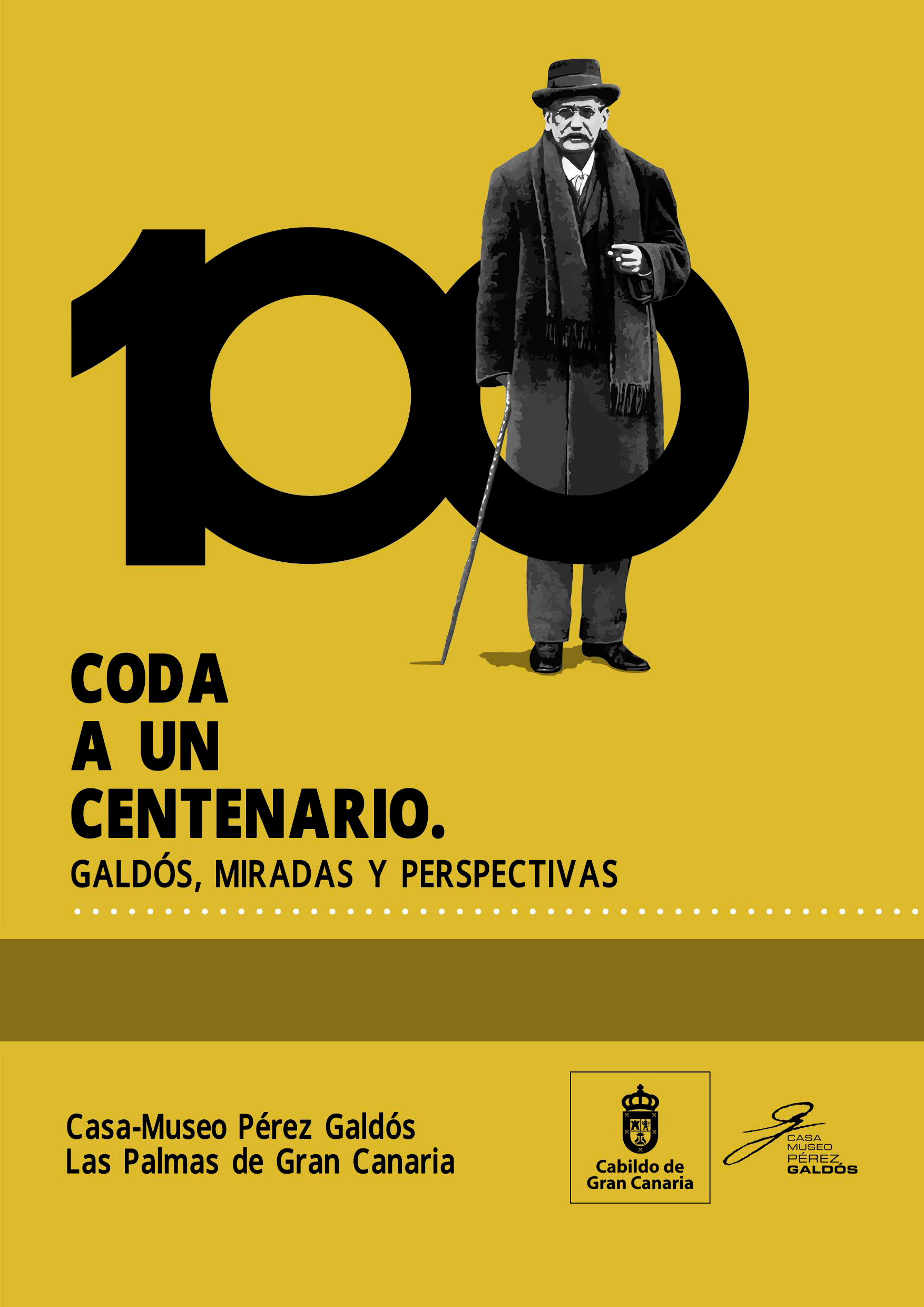QUIEN MAL HACE BIEN NO ESPERE: EL REFRÁN COMO TÍTULO EN EL TEATRO. FUNCIÓN Y DIFICULTADES DE TRADUCCIÓN / QUIEN MAL HACE BIEN NO ESPERE: THE PROVERB AS A TITLE IN THE THEATRE. FUNCTION AND DIFFICULTIES OF TRANSLATION
Palabras clave:
traducción literaria, título, paremia, refrán, literary translation, title, proverbResumen
La relación interpretativa que se pueda manifestar entre el lector y la obra, a través del título, puede sufrir modificaciones, según las competencias del lector y los cambios lingüísticos que pueda haber sufrido la obra.
Esto tiene sentido cuando colocamos la obra dentro de la cultura en la que ha sido desarrollada y para la que se gestó, pero pierde intensidad y en muchas ocasiones quedará vacía de significado al ser trasladada, mediante la traducción a otra cultura. Un vacío que será más difícil de solventar en el caso de que el título posea carga paremiológica, ya sea un proverbio, una locución proverbial, una máxima, un refrán, etc.
La obra dramática en un acto y en verso Quien mal hace, bien no espere (1861) de Benito Pérez Galdós, presenta en su título una estructura paremiológica. Con este elemento, Galdós se une a la tendencia seguida por célebres dramaturgos españoles del Siglo de Oro, como Calderón de la Barca, Lope de Vega, etc. Este estudio pretende analizar la estructura paremiológica y su función, además de reflexionar sobre las dificultades de comprensión y traducción. / The interpretative relationship that may arise between the reader and the work through the title, may undergo modifications, depending on the reader's skills and the linguistic changes that the work may have suffered.
This makes sense when we place the work within the culture in which it was developed and for which it was created, but it loses intensity and will often be empty of meaning when translated into another culture. A void that will be more difficult to fill in if the title has a paremiological burden, whether it is a proverb, a proverbial locution, a maxim, a proverb, etc.
The one-act play in verse Quien mal hace, bien no espere (1861) by Benito Pérez Galdós presents a paremiological structure in its title. With this element, Galdós joins the trend followed by famous Spanish playwrights of the Golden Age, such as Calderón de la Barca, Lope de Vega, etc. This study aims to analyse the paremiological structure and its function, as well as to discuss the difficulties of its understanding and translation.




